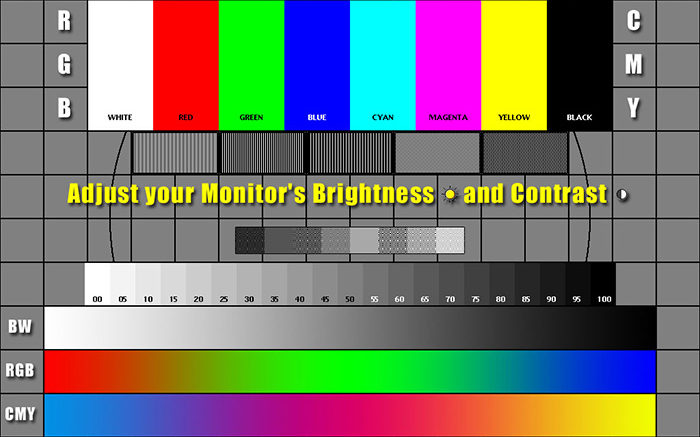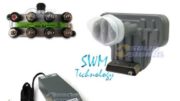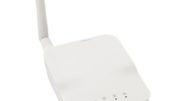Are you one of those people who gets a new computer, opens it up, and uses it just “as is?” OK, I respect you, but this article isn’t for you. This article is for the obsessive computer user, the person who needs things “just right” before they feel comfortable really sitting down to use a computer for a while. I know how you feel, because that’s how I am too.
If you care about color
Some folks don’t think about the color on their TV or monitor. Others are incredibly obsessive and with good reason. If your entire life revolves around reproducing colors accurately, you should be obsessive. I’m talking to you, photographers, web designers, and print producers. If color is your life, you’ve probably spent time with custom calibration equipment. You probably have a top-notch TV that looks good right out of the box.
I’m talking really to the people in the middle. Maybe you want your TV or monitor to look good, but you’re not going to spend your life tweaking it. It’s not going to be an obsession, you just don’t want people to look like cooked lobsters when you see them on screen. Let’s look at your options, and I’ll explain what I am saying above.
For televisions
Most TVs today come set in a “demo” mode which looks good in the harsh lights of a big box store. That’s where people buy TVs, if they’re not buying them online anyway. This mode might get your attention as you’re walking by, but it’s not going to give you the best results when you’re at home.
For televisions, I recommend going into the menus and finding the color settings. Find the color mode called “Standard” or something similar. Set your TV to that. At first it will seem a little flat and dull but you’ll rapidly realize that it’s more realistic. Most regular users won’t have to do more than that.
For computer monitors
Here’s the real meat and potatoes of the article. Both Windows and Mac come with excellent color calibration tools built in. Search for “calibrate” on your computer and you’ll find wizards that will walk you through the process. This is easy, it only needs to be done once, and it can always be redone if you aren’t happy.
If you need more, there are devices you can use, but the average person shouldn’t need to spend money on them.
DON’T touch the controls.
This is really for the computer users who are reading this. Today’s televisions don’t have controls on them at all. Some have nothing but a power button. You have to use the remote even for simple things like volume control.
For some reason though, monitors tend to still have menu buttons on them. These buttons will take you through various steps to change settings. Usually it’s hard to understand what’s being asked and you will have trouble navigating them anyway.
In general these controls aren’t anywhere near as sensitive as the ones on your computer. They’re all digital, and I’ll explain the difference in a minute. There should be no reason for you to go into the menus for your monitor and you’re probably better off forgetting that they even exist.
Digital controls vs. analog controls
In the old “tube-TV” days, the controls really did something. By varying voltage and other real-world factors, the knobs made real changes to how things worked. You still rarely touched them, but changing knobs like brightness and contrast actually made real changes to the viewing experience.
Today’s controls are designed to mimic those old controls. They do it through software, and the software isn’t as good as what’s in your PC. If you change things through the menus AND through software, you’re limiting yourself and there could be some really unpredictable results.
The only exception here is the “backlight” setting on most monitors which will really change the brightness of the backlight. In most cases this should always be set to the default setting, which balances out the brightness of the monitor with the longest life for the backlight panel.
Get the accessories you need from Solid Signal
We don’t sell monitors or TVs, but we sell all the accessories you’ll find so you can live your best digital life. Don’t believe me, shop the 50,000 parts you’ll want to buy from SolidSignal.com.




